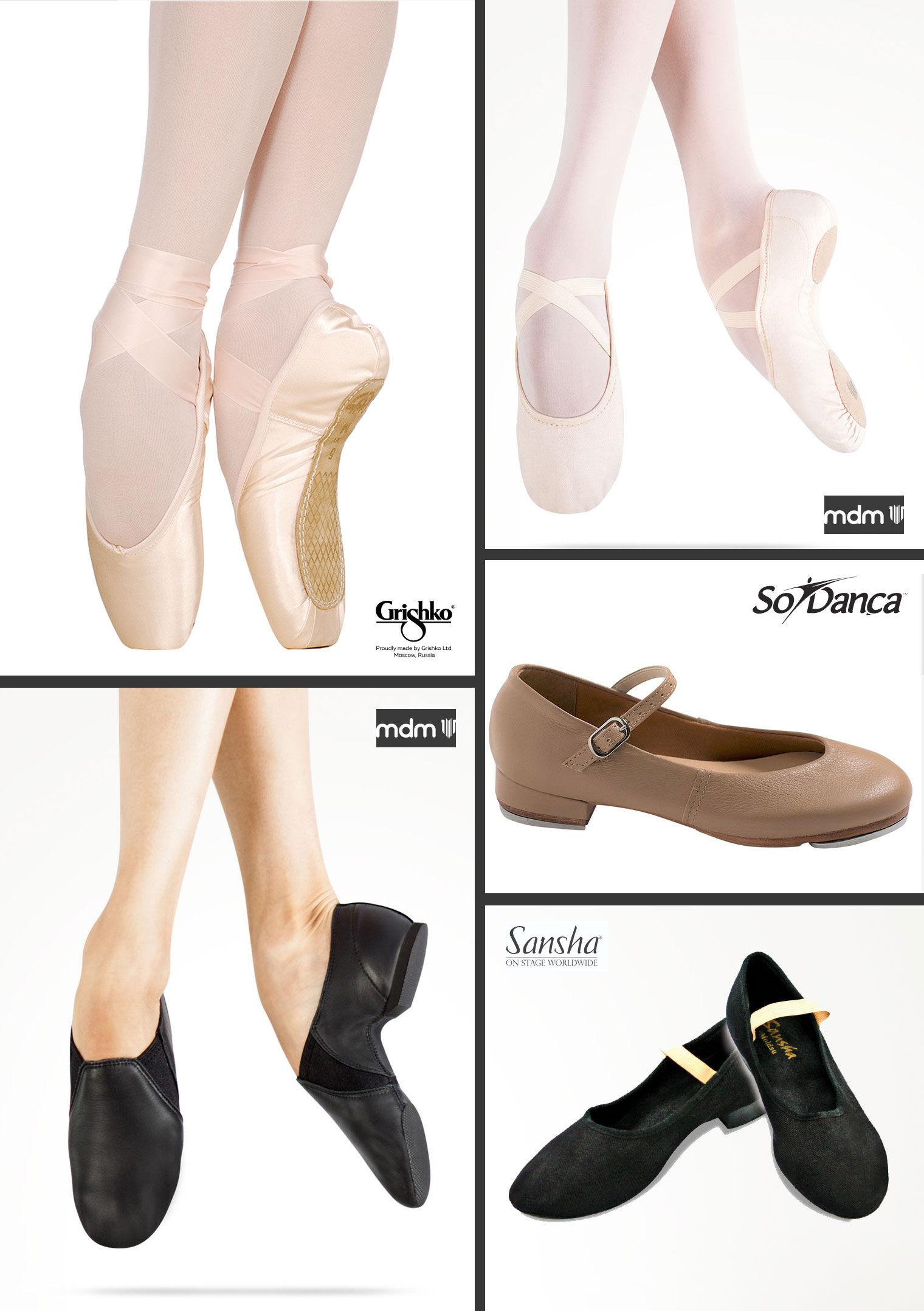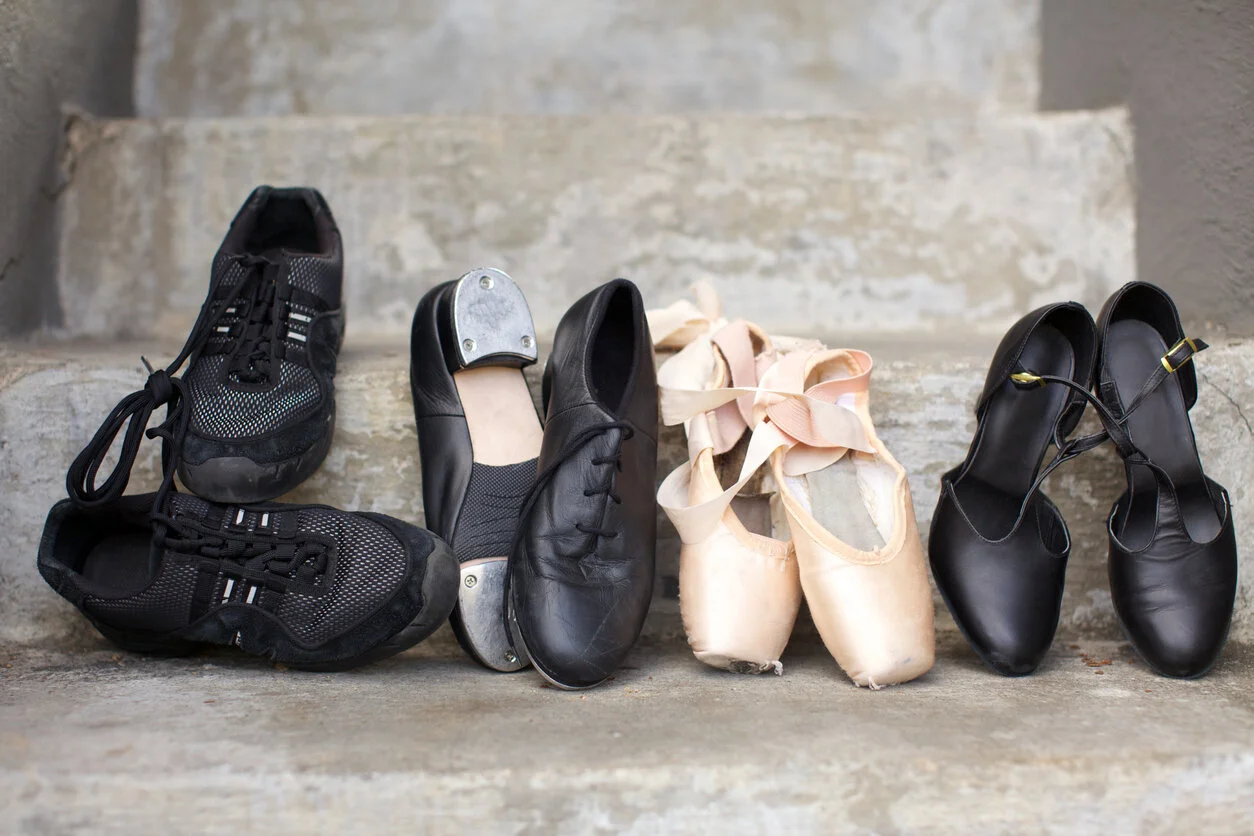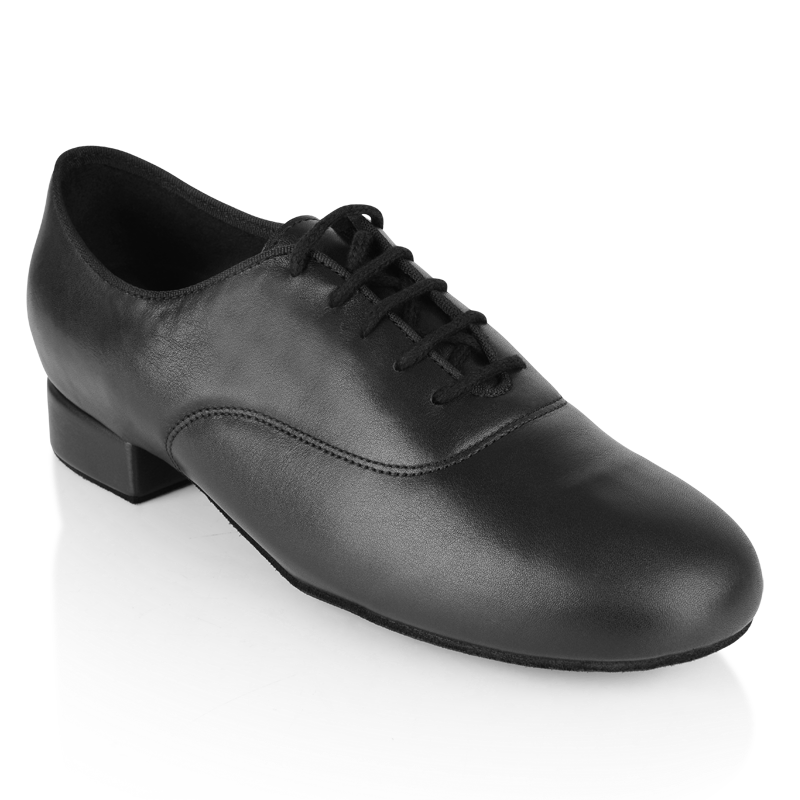Dancing is a beautiful expression of art, culture, and community. Whether you’re a seasoned dancer or just starting your journey, one essential aspect of your dance experience is choosing the right dance shoes. In this comprehensive guide, we’ll explore various types of dance shoes, their features, and cultural experiences related to them.
The Importance of Dance Shoes
Dance shoes are designed explicitly for movement, providing key support, stability, and comfort. Wearing the right shoes helps prevent injuries and enhances performance.
Benefits of Wearing Proper Dance Shoes
- Injury Prevention: Proper footwear can reduce strain and impact on your feet and joints.
- Enhanced Performance: Specialized soles and fit can improve your movement and technique.
- Comfort: Quality materials offer cushioning and breathability, allowing longer and more enjoyable dance sessions.
Types of Dance Shoes
Ballet Shoes
Ballet shoes, often made from canvas, leather, or satin, are lightweight with a flexible sole, designed for movements like jumps and pliés.

Features of Ballet Shoes
- Soft Sole: Perfect for feeling the floor.
- Elastic Straps: Keeps the shoe snug on the foot.
Pros and Cons of Ballet Shoes
| Pros | Cons |
|---|---|
| Lightweight and flexible | Limited support for ankles |
| Responsive to floor | Wear out quickly |

Jazz Shoes
Jazz shoes are available in various styles, including slip-ons and lace-ups, and are made from leather or canvas. They support both jazz and modern dance.
Features of Jazz Shoes
- Split Sole: Allows greater flexibility.
- Non-slip Sole: Provides grip for quick movements.

Pros and Cons of Jazz Shoes
| Pros | Cons |
|---|---|
| Flexible and comfortable | May lack arch support |
| Variety of styles | Not suitable for ballet |
Tap Shoes
Tap shoes feature metal taps on the toe and heel, ideal for producing rhythmic sounds with footwork.

Features of Tap Shoes
- Sound Quality: Taps enhance rhythm.
- Durability: Designed for extensive wear.
Pros and Cons of Tap Shoes
| Pros | Cons |
|---|---|
| Creates unique sounds | Can be heavy on the feet |
| Great for rhythm development | Requires a hard floor |

Ballroom Shoes
Ballroom shoes are specially designed for smooth dance styles with leather soles for gliding across the floor.
Features of Ballroom Shoes
- Suede Sole: Offers just the right traction.
- Heel Height Options: Varies for comfort and style.

Pros and Cons of Ballroom Shoes
| Pros | Cons |
|---|---|
| Stylish designs | Not versatile for other dance forms |
| Good balance and support | Requires maintenance for suede soles |
Contemporary Dance Shoes
Contemporary dance shoes are often a hybrid of ballet and jazz styles, providing versatility and comfort.

Features of Contemporary Dance Shoes
- Flexible Fit: Combines comfort with technical support.
- Breathable Material: Keeps feet cool during practice.
Pros and Cons of Contemporary Dance Shoes
| Pros | Cons |
|---|---|
| High versatility | May not excel in specific styles |
| Comfortable and cushioned | Can be pricier than basic shoes |

How to Choose the Right Dance Shoes
Choosing the right dance shoes can be overwhelming with various styles and options available. Here are some essential tips for selecting the perfect pair.
1. Know Your Dance Style
Understanding the specific requirements of your dance style will greatly influence your shoe choice. Each type of dance has unique needs in terms of flexibility, support, and traction.
2. Consider Your Feet Type
Your feet type—flat, neutral, or high-arched—can dictate which shoes will provide the best support and comfort. Visit a specialty store for expert fitting.
3. Check the Fit
Always try on shoes while wearing the type of socks or tights you plan to use. Shoes should fit snugly, without pinching, and allow for some wiggle room for toes.
4. Prioritize Material and Construction
Choose high-quality materials that offer durability and breathability. Look for reinforced stitching and a solid construction to ensure longevity.
5. Seek Recommendations
Consult experienced dancers or instructors for recommendations on brands and models that they trust and prefer. Personal experiences can guide you to the right choice.
Local Insights: The Dance Culture in the USA
Dance is a vibrant part of American culture, with diverse influences ranging from jazz and hip-hop to ballet and ballroom dancing. Here, we highlight some unique aspects of the dance shoe culture across different American cities.
1. New York City: Ballet and Broadway
New York City remains a global dance hub, home to prestigious ballet companies and Broadway shows. Ballet shoes adorned in the city’s dance studios echo through the streets, symbolizing the rigorous training and artistic expression that defines NYC’s dance scene.
2. Chicago: Tap and Jazz Heritage
Chicago boasts a rich history in jazz and tap dance, with numerous festivals celebrating these genres. Local dance shops offer a variety of tap shoes, essential for those wishing to join the vibrant jazz scene.
3. Los Angeles: Hip-Hop and Street Dance
Los Angeles is synonymous with hip-hop culture. Dance studios across the city stock a wide range of contemporary dance shoes, reflecting the urban style and flair prominent in street dance.
The Evolution of Dance Shoe Technology
As with many aspects of fashion and performance, dance shoes have evolved significantly, integrating technology to enhance the dancer’s experience.
Advanced Materials
Modern dance shoes utilize cutting-edge materials such as lightweight synthetics and moisture-wicking fabrics to improve comfort and performance. Research indicates that these innovations help in reducing fatigue and enhancing performance during extended sessions (source: ScienceDirect).
3D Printing in Dance Shoes
Some brands are now experimenting with 3D printing technologies to create custom-fit shoes that provide optimal support tailored to individual dancers’ feet. This technology ensures a perfect fit and enhances comfort, thus boosting performance.
Smart Features
Wearable technology is also making its way into the dance shoe market. Innovations include shoes equipped with sensors to track movement and performance, providing dancers with data to improve their technique.
Where to Buy Dance Shoes in the USA
When it comes to purchasing dance shoes, a variety of channels are available, from local stores to online platforms. Here’s a closer look.
Local Dance Stores
Visiting local dance shops allows for trying on different styles and receiving professional fitting advice. Stores like Dancewear Solutions offer a wide selection of dance shoes for various styles.
Online Retailers
Online platforms like Discount Dance provide an extensive range of options, often at competitive prices. Look for retailers offering free returns if the fit isn’t right.
Second-Hand Options
For budget-conscious dancers, second-hand stores or online marketplaces can provide quality footwear at a lower price. Websites like eBay or local Facebook Marketplace can be useful in finding gently used dance shoes.
Maintenance Tips for Dance Shoes
Proper care of dance shoes can prolong their life and maintain performance quality. Here are some tips to keep your shoes in great shape.
1. Clean Regularly
Remove dirt and sweat after each use to keep your shoes fresh. Use a damp cloth for leather and canvas options; suede requires a specific brush.
2. Store Properly
Keep shoes in a dry environment, away from direct sunlight, to prevent warping and damage. Consider using shoe bags to protect them during storage.
3. Rotate Your Shoes
If you dance frequently, rotating your shoes will allow each pair to breathe and reduce wear, extending their lifespan.
FAQs About Dance Shoes
What are the best dance shoes for beginners?
For beginners, comfortable and well-fitted jazz or ballet shoes are recommended as they provide flexibility and support without being overly specific to advanced techniques.
How do I know my dance shoe size?
It’s best to get fitted in-store, but generally, dance shoes fit tighter than regular shoes. Measure your foot’s length and width, and consult brand-specific sizing charts.
Can I use dance shoes for other physical activities?
While it might be tempting to use dance shoes for casual wear or other sports, each type of dance shoe is designed with specific movement in mind, so it’s best to stick to the primary use.
Are expensive dance shoes worth the investment?
Quality dance shoes often provide better support and last longer, making them a worthwhile investment for serious dancers. Consider how often you dance and your commitment level when deciding.
Conclusion
Choosing the right dance shoes is an essential part of every dancer’s journey. Understanding the various types, features, and cultural significance of these shoes can enhance your performance while ensuring your comfort. Invest time in selecting the right pair to enjoy every step of your dance journey!